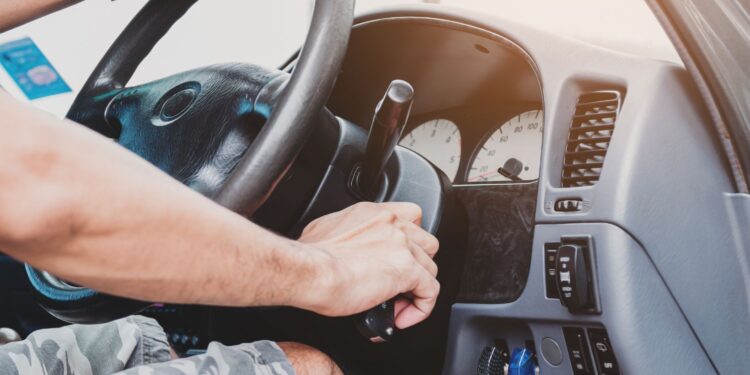When it comes to driving, unexpected situations can arise, and one of the most alarming is when your vehicle starts to skid. It’s a heart-pounding moment that requires quick thinking and decisive action. So, what should you do first when faced with a skid? The answer may surprise you: take your feet off the pedals.
As an expert driver, I’ve learned that keeping calm is key in these situations. When a skid occurs, instinct might tell you to hit the brakes or accelerate, but this can actually make matters worse. By removing your feet from both the brake and accelerator pedals, you allow the vehicle’s natural momentum to subside gradually.
What Is the First Thing You Should Do When a Vehicle Starts to Skid
Skidding can be a heart-pounding experience that often catches drivers off guard. It’s important to understand the signs, causes, and proper steering techniques when faced with a skid on the road.
Signs of a Skid
When your vehicle starts to skid, it’s crucial to identify the warning signs in order to react quickly and effectively. Here are some common indicators that you might be entering into a skid:
- Loss of Traction: You may feel your tires slipping or sliding on the road surface, resulting in reduced control over your vehicle.
- Unresponsive Steering: Your steering wheel might become unresponsive or feel heavy as you attempt to turn.
- Sideways Movement: Your car begins to move sideways instead of following the intended path.
Causes of Vehicle Skidding
Understanding why skids occur is vital for preventing them in the first place. Here are some common causes that can lead to vehicles skidding:
- Road Conditions: Wet or icy surfaces significantly reduce tire grip, increasing the likelihood of skids.
- Excessive Speed: Driving at speeds too fast for the given conditions reduces traction and makes it easier for your vehicle to slide out of Control.
- Sudden Braking or Acceleration: Abruptly applying brakes or rapidly accelerating can upset the balance of your car and cause it to skid.
- Oversteering or Understeering: Oversteering occurs when turning too sharply, while understeering happens when there is insufficient steering input during a turn.

Recognizing the Warning Signs
Reacting to a Vehicle Skid
When it comes to driving, skidding is an unwelcome surprise that can occur in various weather conditions or on slippery surfaces. Recognizing the warning signs of a skid is crucial for maintaining Control and avoiding potential accidents. So, how do you react when your vehicle starts to skid?
The first thing you’ll notice is a loss of traction as your tires struggle to maintain grip on the road surface. This can be accompanied by a feeling of sliding or drifting, along with reduced responsiveness from your steering wheel. It’s important not to panic in this situation; instead, stay calm and follow these steps:
- Take Your Feet Off: As soon as you realize your vehicle is skidding, take your feet off both the accelerator and brake pedals. This will prevent any unintentional acceleration or locking up of the wheels.
- Steer into the Skid: Gently turn your steering wheel in the direction that corresponds with the skid. For example, if your rear tires are sliding to the right, steer gently to the right.
- Regain Control Smoothly: Once you’ve steered into the skid, gradually and smoothly begin correcting your steering back towards the intended path of travel.
Maintaining Control in a Skid
Maintaining Control during a skid requires quick thinking and precise actions behind the wheel. While reacting properly is vital, there are additional factors at play that can help minimize the risk:
- Avoid Abrupt Movements: Sudden jerks of the steering wheel or stomping on brakes can exacerbate an already unstable situation. Instead, make gentle adjustments while keeping both hands firmly on the wheel.
- Look Where You Want to Go: It’s natural to focus on the obstacle or danger ahead, but by keeping your eyes on where you want to go, you can improve your chances of steering in that direction.
- Use Threshold Braking: If you need to slow down during a skid, apply firm and steady pressure to the brake pedal without fully depressing it. This technique helps maintain traction and Control.
In conclusion, when faced with a skid while driving, resist any inclination to brake or accelerate further. Instead, calmly lift your feet off both pedals and let momentum guide you back towards Control. By doing so, you increase your chances of safely navigating through this tense situation on the road.














